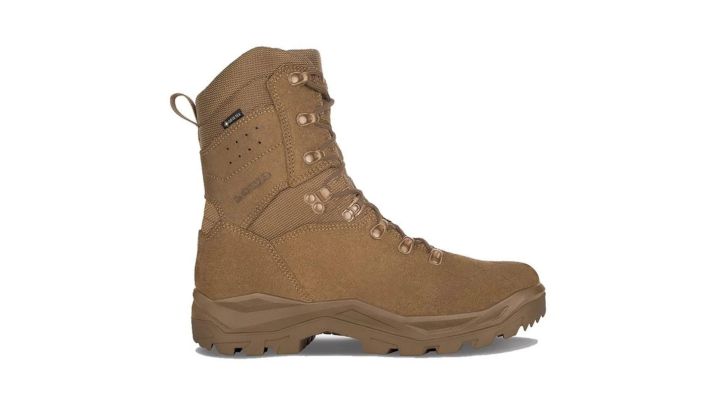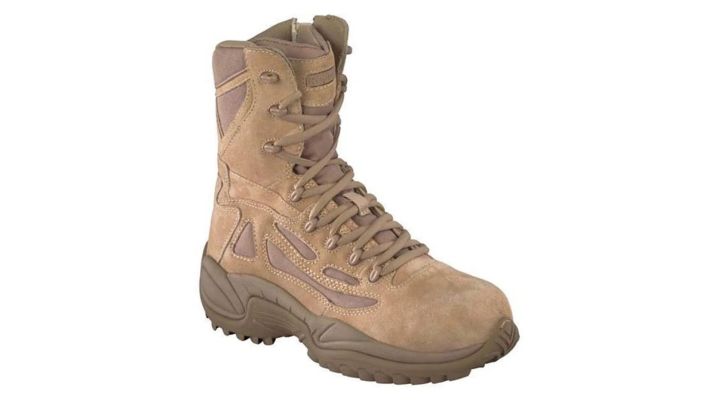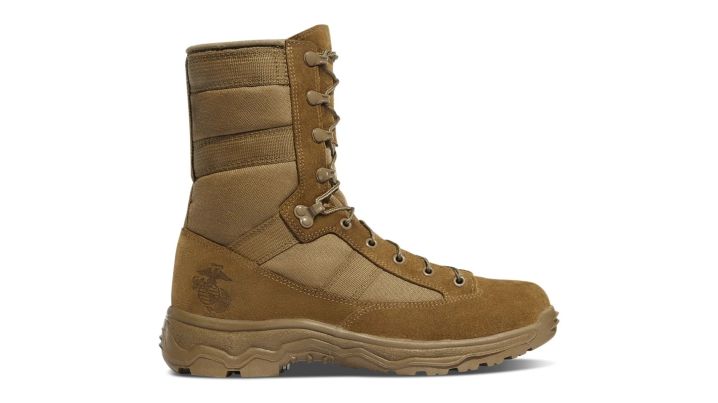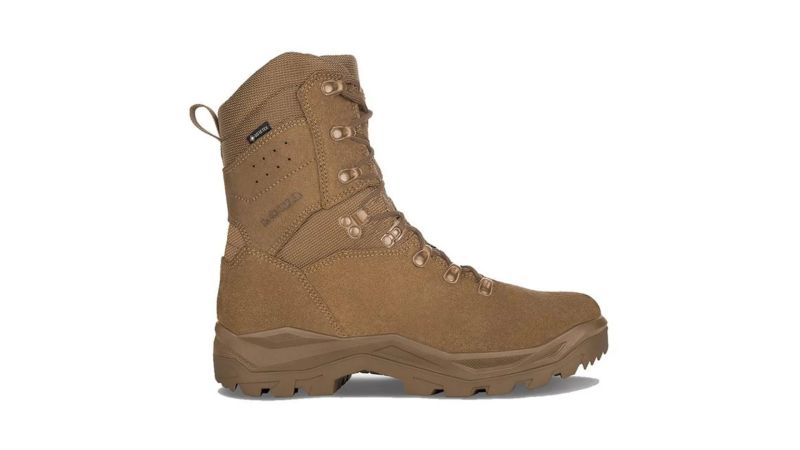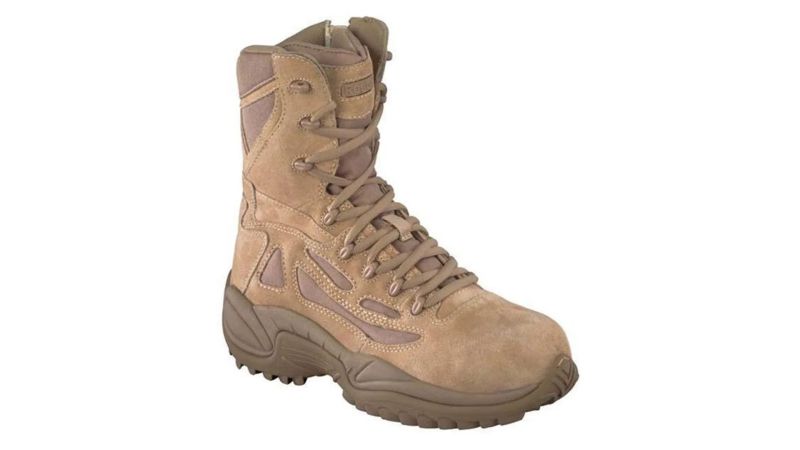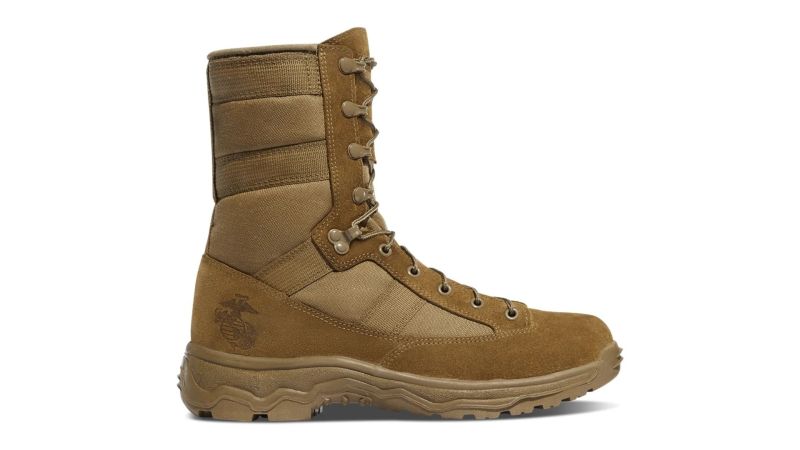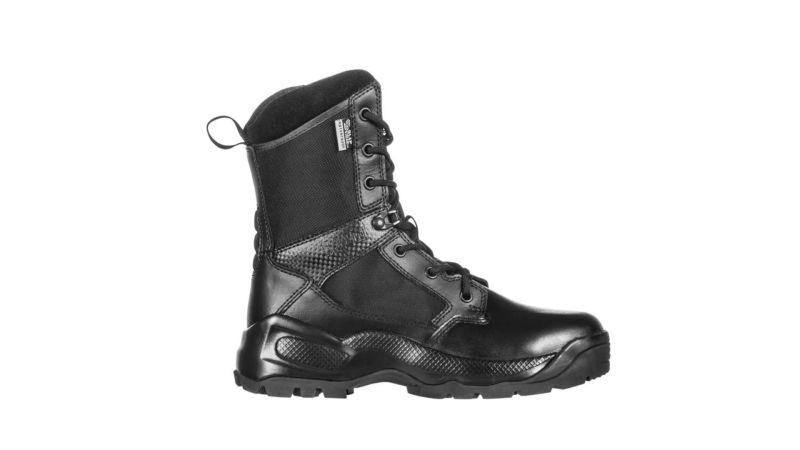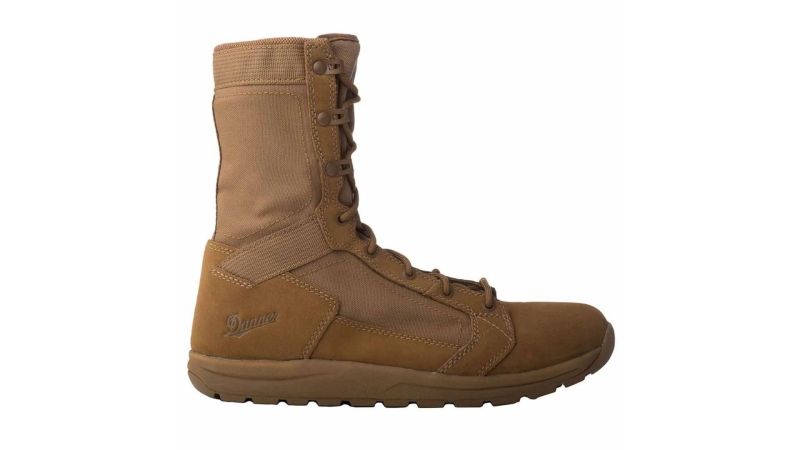We may earn revenue from the products available on this page and participate in affiliate programs.
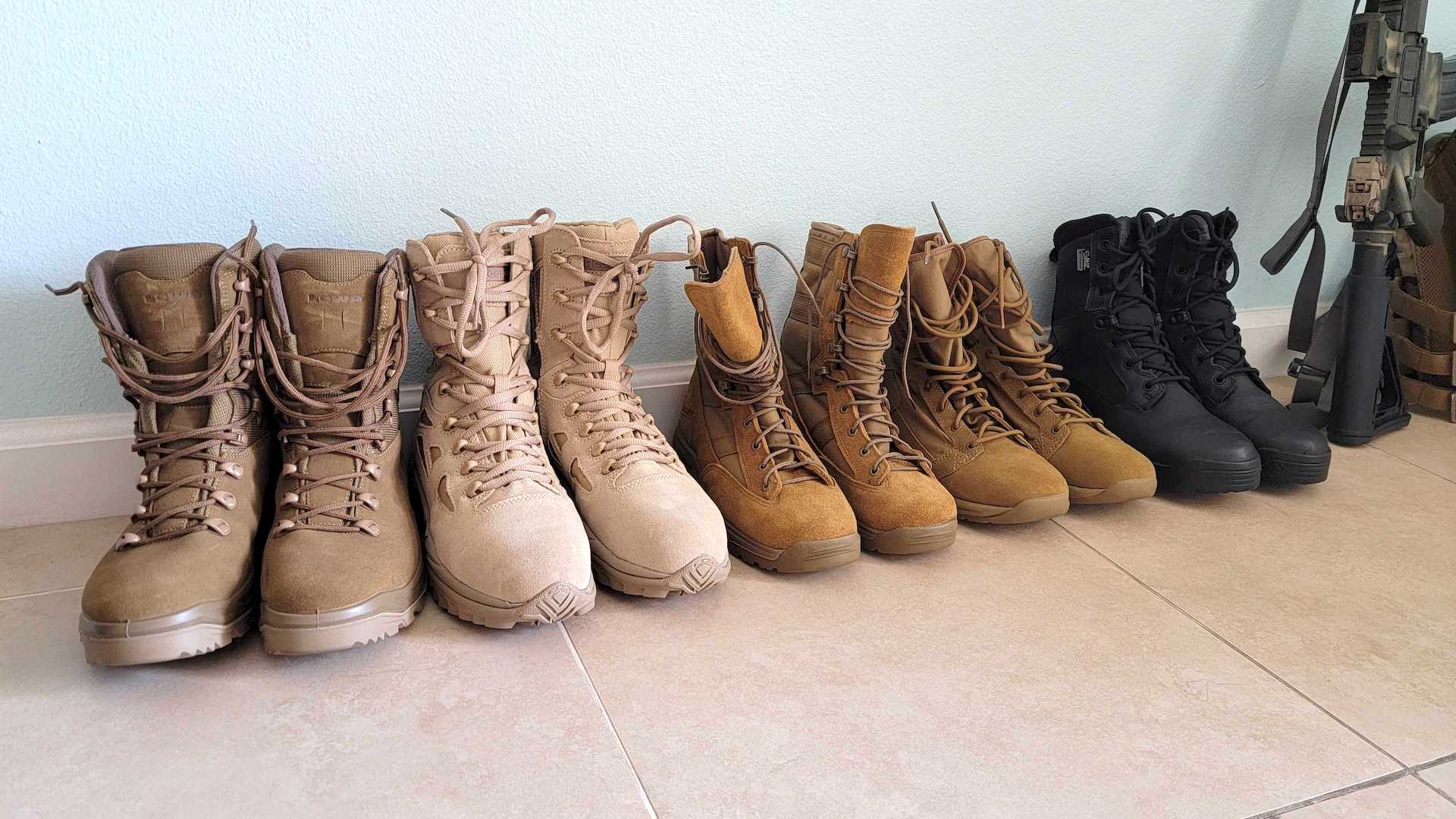
Combat boots for women sound like they shouldn’t be in their own category. After all, how are they different from men’s combat boots? Either way, they need to be designed to protect and support you during the perils of combat, rucking with a full pack, or mopping the deck. But women’s combat boots are different because women are different.
Scientific research over the years has shown that women’s feet aren’t just on average smaller than men’s feet, but are also shaped differently, so they require a separate category of footwear. To adhere to these standards, bootmakers consider characteristics like cushion and comfort, support, stability, and, of course, military standards.
In this article, I’ll be comparing a few of the best combat boots that are approved for use by the U.S. military as well as a pair of duty boots that are more oriented toward law enforcement or security work.
- Best Overall/Best Army Boots: Lowa R-8S GTX
- Best Budget: Reebok Rapid Response
- Honorable Mention: Danner Reckoning 8″
- Best Black/Duty Boots: 5.11 Tactical Women’s A.T.A.C.
- Best Hot-Weather Boots: Danner Tachyon
Best Overall
Lowa R-8S GTX
Best Budget
Reebok 8u0022 Rapid Response
Honorable Mention
Danner Reckoning
Best Black/Duty Boots
5.11 Tactical Women's A.T.A.C.
Best Hot-Weather Boots
Danner Tachyon
Things to consider before buying combat boots for women
Cushion and comfort
Some considerations when shopping for any boot that you are going to use in a military or duty role would be things like cushioning and comfort. This is always my top priority because there is nothing worse than wearing ill-fitting uncomfortable boots for an extended period of time with any amount of weight on your back. It is a delicate balance, however, as too soft of a cushion can wear out faster and cause the boot to become uncomfortable before the boots have reached their expected service life. While comfort is going to be different for everybody, starting off with a boot made by a reputable manufacturer is more likely than not to lead you to find something that works for you.
Support
Support can look different in various boots. It can mean a sturdy midsole that’s designed to hold its shape and reinforced leather sides where the upper meets the outsole. Support in areas like the ankle can also help to avoid injury by rolling your ankles when carrying heavy loads. Support isn’t just limited to the outer materials, though. Good arch support that is the right height for you is also a sign of a good supportive boot.
Breathability
For hot and cold weather, the appropriate amount of breathability is necessary to help regulate the internal temperatures and keep your feet dry. This will prevent your socks from getting too sweaty, which could lead to fungal infections and blisters.
Tread
The tread lugs on the bottom of the sole should also be a consideration. This is dependent on what your role is, but if you anticipate having to trek through uneven terrain, slippery surfaces, or steep inclines, a nice deep tread is going to keep you from losing your footing.
FAQs about combat boots for women
Q: What are combat boots good for?
A: Combat boots are designed to give you stability and protection in hostile environments. Good quality boots offer a rigid ankle to prevent you from rolling your ankles when carrying heavy loads or walking on uneven terrain. Yet, they also have enough flexibility to move well. A reinforced toe box in combat boots will also aid in prolonging their life when doing things like fast-roping, climbing obstacles, or crawling. The type of combat boot you buy will be determined by the environment that you are going into — jungle boots have different requirements from boots designed for a hot desert climate.
Q: Should combat boots be waterproof?
A: It depends. Combat boot designers try to make boots water-resistant yet breathable, which are conflicting features. You’d want to wear waterproof combat boots in areas that are cold and wet to protect your feet from the elements whereas, in hot and wet environments, you’d want jungle boots equipped with vent holes to drain excessive moisture.
Q: Do combat boots have a steel toe?
A: Not always. Steel-toed combat boots are not issued to every servicewoman, but are issued to those in certain fields that require that type of safety equipment.
Q: Should combat boots be tight or loose?
A: Combat boots should be snug, but have enough room to wiggle around. You’ll want to have enough room for your toes to spread out when walking so you don’t develop blisters and hot spots. They can be tighter around the ankle, but you’ll have to find what is comfortable for you so that you aren’t cutting off circulation.
Q: Should you run in combat boots?
A: Once the boots are broken in enough and have formed to your feet, it wouldn’t be a bad idea to take them out on a few runs to make sure they are as comfortable doing that as they are on a hike. Obviously, being in a combat zone can bring about the need to run, so making sure that your boots will work with you and not against you is important.
Final thoughts
Of all the boots I have tried, the best so far have been the Lowa R-8S GTX. They have been the most comfortable, allowing for a great range of motion when walking, running, kneeling, and climbing over obstacles. They offer insulation without being bulky, water resistance while being somewhat breathable, and plenty of traction.
Methodology
When choosing a pair of any good shoes, you need to determine what they will be used for and go from there. For this review, I looked specifically at boots designed with combat/field use and duty in mind. Most of the boots I got for this review are approved for use by the U.S. military and are Berry-compliant, being made in the U.S.A., while some are more geared towards more of a law enforcement/security role.
For this review guide, I put emphasis on several factors that I have found to contribute to what makes hiking boots, or combat-style boots, effective and comfortable. I graded each boot on comfort right out of the box, because if a boot needs to be broken in for a long period of time, it will obviously suck to wear them at first. I looked at stiffness, especially around the ankle and toe box meant to protect your ankles from rolling on uneven terrain and protect your toes from being stubbed or smashed. The tread, or lugs as they are commonly called, on the bottoms of the soles were also an important feature for me as with any boots that are meant for uneven terrain. Having an aggressive texture on the soles that won’t wear down quickly will make or break any boots.
Taking each pair of boots on hiking trips lasting all day and into the night, I was able to really get a feel for which boots worked for me and what their strengths and weaknesses are.
